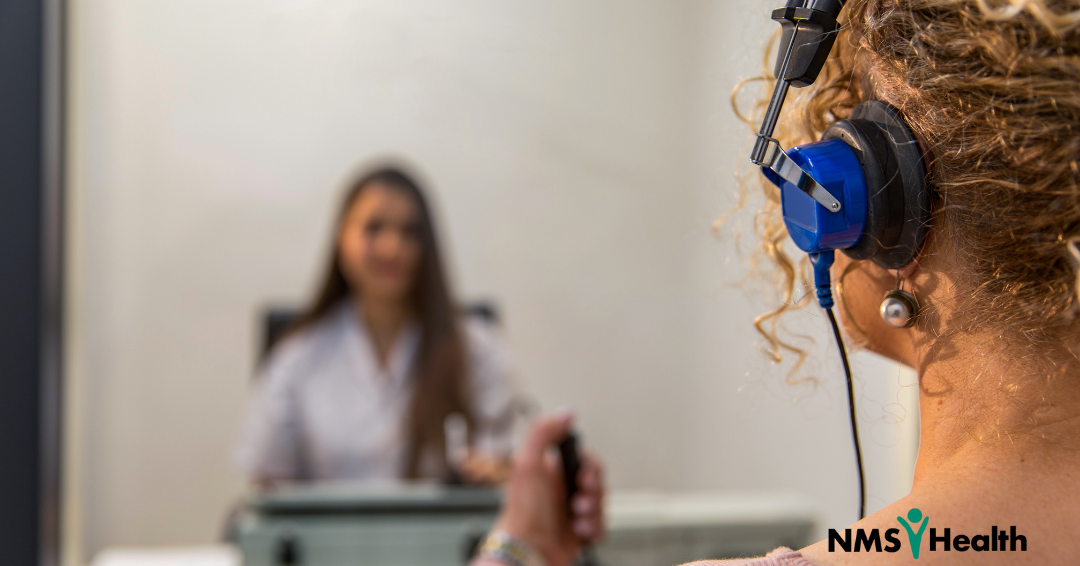Occupational hearing loss is one of the most common work-related illnesses in the United States. Exposure to high levels of noise can lead to temporary changes to hearing like tinnitus, and even permanent hearing loss. Over time loud noises can damage the hair cells in the ear causing those cells to die off. This sort of damage is generally permanent. The Centers for Disease Control and Prevention estimate that 22 million U.S. workers are exposed to potentially dangerous levels of noise at work each year. To protect those who work in a setting with significant noise exposure from hearing impairment, OSHA developed a comprehensive hearing conservation program and the OSHA hearing conservation requirements were put in place.
How loud is too loud?
OSHA requires that employers implement a hearing conservation program if there are noise exposures at or above 85 decibels (dB) when averaged over an 8-hour work shift. A normal conversation typically clocks in at around 60db, whereas 85dB is the approximately the same noise level as busy city traffic or an alarm clock.
Minimum requirements for hearing conservation programs
Monitoring programs
As part of the OSHA hearing conservation requirements, employers must monitor noise exposure in the workplace in such a way that it can accurately identify employees who are being exposed. While employers are permitted to choose whatever monitoring method is being used, all exposure measurements must include all continuous, intermittent, and impulsive noise within a range of 80 dB to 130 dB and must be taken during a typical work situation. If changes to production or processes occur, repeat monitoring is necessary as previous hearing protection measurements may no longer be adequate.
Audiometric hearing programs
An audiometry test measures the ability to hear sounds based on the intensity (dB) of a sound and the pitch, or frequency (Hz) of a sound. These tests can be useful at monitoring changes in an employee's hearing over time. The hearing conservation program has two components: baseline testing and annual testing.
Baseline audiometric testing is administered to an employee within the first six months of their employment. The baseline test provides a reference point for all future testing to determine if there has been any changes or damage to their hearing. Employees should not be exposed to workplace noise for 14 hours prior to testing or should be wearing hearing protection during that time.
Within one year of the baseline testing, employers must provide the employee with an annual audiometric test. Annual testing is extremely important because any deterioration of the employee’s hearing needs to be identified as early as possible. When comparing the annual audiometric test to the baseline, employers need to determine if there is a standard threshold shift (STS) – a change in either ear of 10 dB or more at 2,000, 3,000, or 4,000 Hz.
Hearing protection
Employers have 21 days to notify employees if their audiometric test results show an STS. Employees who demonstrate an STS must be fitted, or refitted, with hearing protectors, educated on how to use them, and required to wear them.
To prevent hearing damage before it happens, employers must also provide hearing protectors to all workers who are exposed to noise hazards for an average 8-hours per work shift. They must offer a selection of at least one variety of hearing muff and one variety of hearing plug. Whenever a change in working conditions may make it inadequate, employers must reevaluate the appropriateness of their options.
Employee training
Employees who are aware of the dangers of noise exposure, and the need for hearing protection are more likely to wear their hearing protectors. Employers should educate their employees annually about the effect of noise, the pros and cons of their different options for hearing protectors, and the purpose of audiometric testing.
Record Keeping
Employers must keep records of noise exposure measurements for 2 years and audiometric testing results for each employee for the duration of their employment. Audiometric testing records must include the employee’s name and job title, date, examiner’s name, date of the last machine calibration, and the employee’s most recent noise exposure measurement.
Workplace noise exposure can not only cause hearing loss but also interfere with communication and concentration, making workplace accidents more likely. Implementing a hearing conservation program protects workers and ensures that everyone can do their job safely and productively.



